Scaffolding Rental Loveland
Find the best Affordable Scaffolding Rental in Loveland
Get 3 FREE Scaffolding Rental Services quotes for your project today! Compare profiles, reviews, accreditations, portfolio, etc... and choose the best offer.
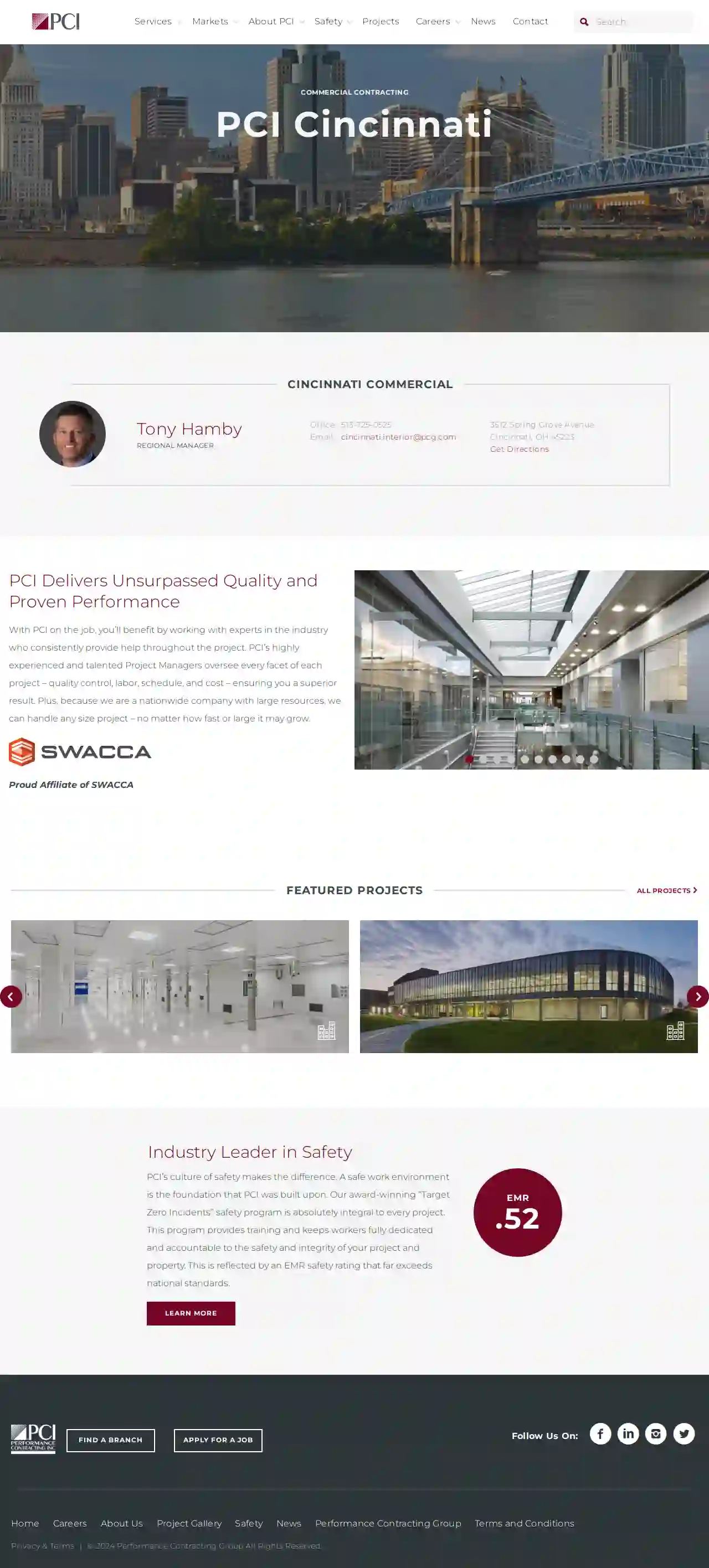
Performance Contracting Inc
4.77 reviewsCincinnati, OH, 3512 Spring Grove Avenue, 45223, USPerformance Contracting, Inc. is a top-tier specialty contractor in the United States, providing a wide range of services to industrial, commercial, and non-residential sectors. With over 60 years of experience, PCI delivers top-tier construction services, focusing on creativity, innovation, and customer satisfaction. PCI's integrated service offerings provide a comprehensive solution designed to streamline projects and increase overall efficiency. The company prioritizes safety, with an industry-leading EMR safety rating that far exceeds national standards.
- Services
- Why Us?
- Accreditations
- Our Team
- Testimonials
- Gallery
Get Quote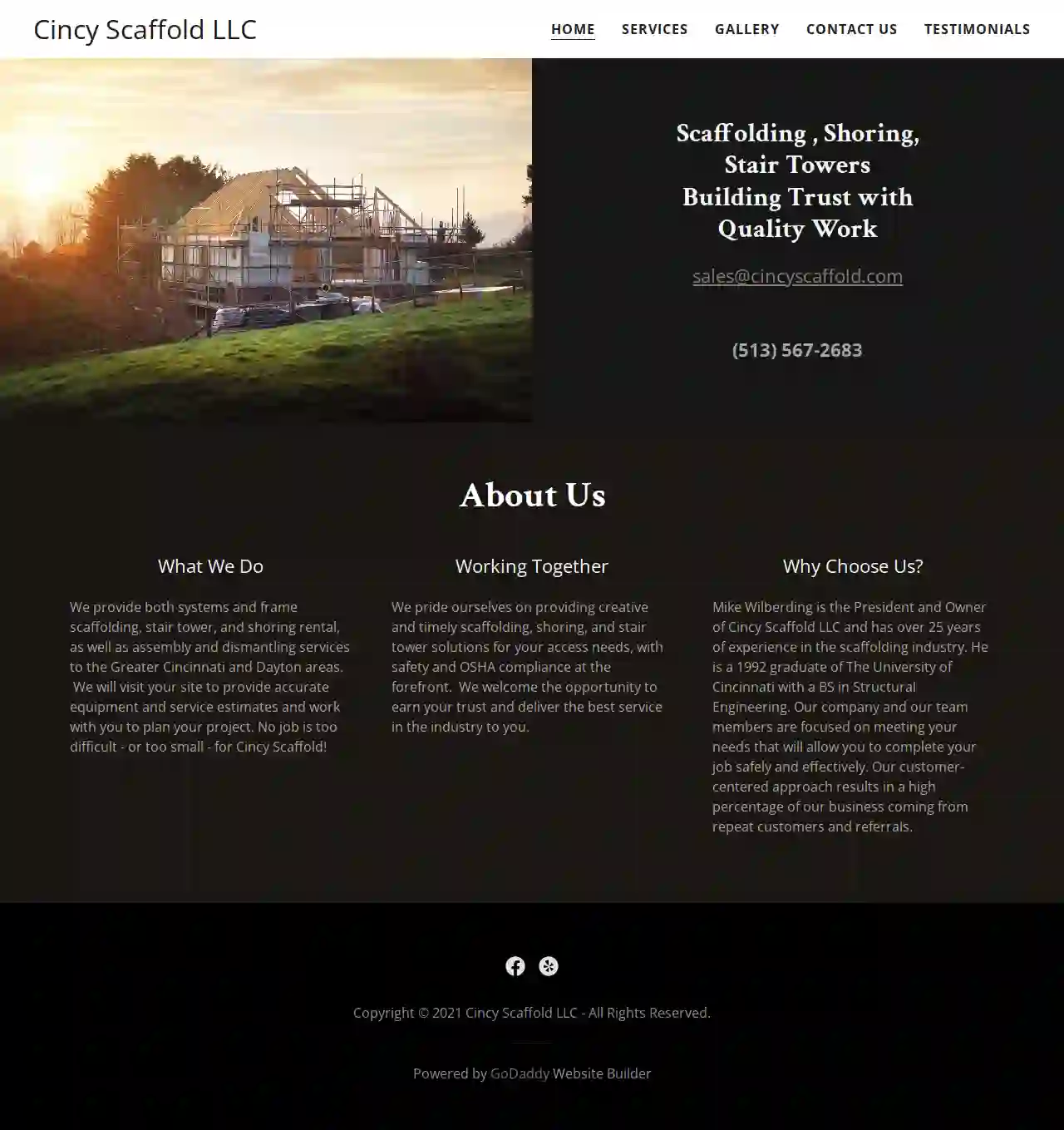
Cincy Scaffold LLC
52 reviewsP.O. Box 61, West Chester, 45071, USAt Cincy Scaffold LLC, we pride ourselves on providing creative and timely scaffolding, shoring, and stair tower solutions for your access needs. With over 25 years of experience in the scaffolding industry, our team is focused on meeting your needs to complete your job safely and effectively. We welcome the opportunity to earn your trust and deliver the best service in the industry to you. Our customer-centered approach results in a high percentage of our business coming from repeat customers and referrals. We provide both systems and frame scaffolding, stair tower, and shoring rental, as well as assembly and dismantling services to the Greater Cincinnati and Dayton areas. We will visit your site to provide accurate equipment and service estimates and work with you to plan your project. No job is too difficult - or too small - for Cincy Scaffold!
- Services
- Why Us?
- Our Team
Get Quote
Walmart Supercenter
3.7Lorain, USWelcome to Walmart! Walmart is a leading retailer that offers a wide variety of products and services at affordable prices. We are committed to providing our customers with a convenient and enjoyable shopping experience. Whether you're looking for groceries, electronics, clothing, or home goods, you're sure to find what you need at Walmart. We are proud to serve our community and offer a wide range of services, including pharmacy, photo center, and money services. Our friendly and knowledgeable associates are always available to assist you with your shopping needs. Shop online or visit one of our stores today and experience the Walmart difference!
- Services
- Why Us?
- Gallery
Get Quote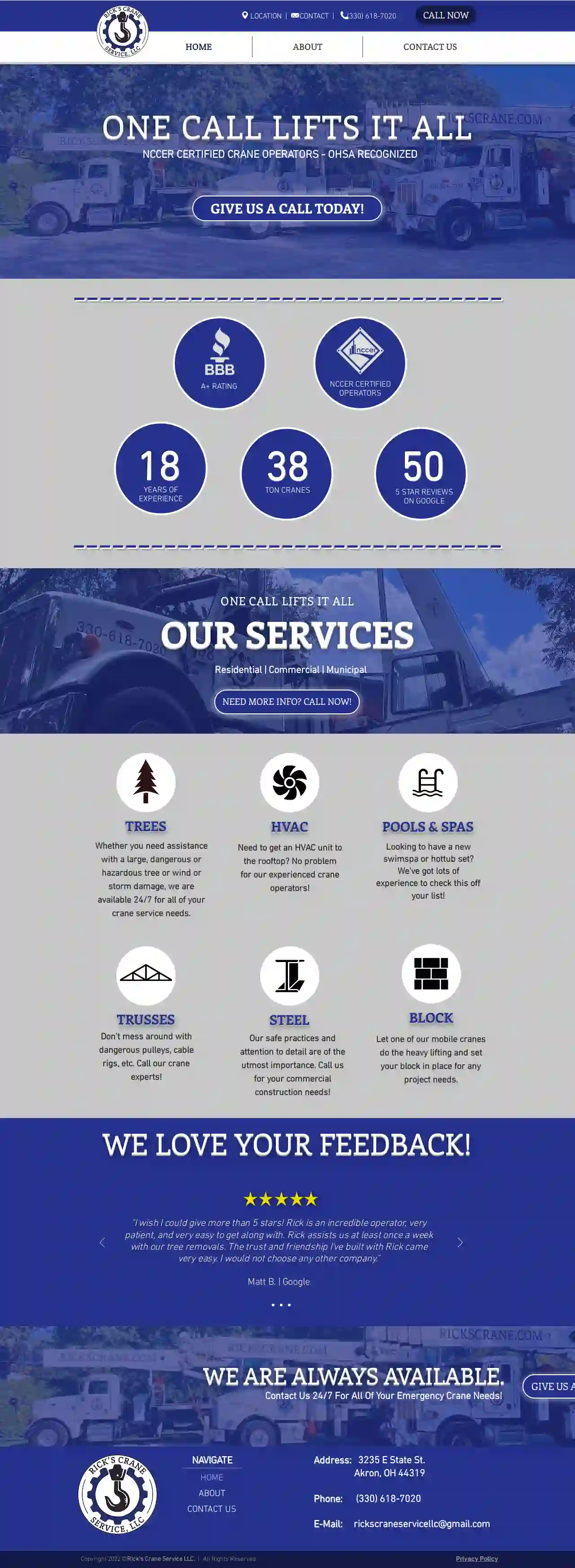
Ricks Crane Service LLC
551 reviews3235 E State St., Akron, 44319, USAt Rick's Crane Service LLC, we pride ourselves on being one of the most trusted and experienced crane service providers in the area. With over 18 years of experience and a team of NCCER certified crane operators, we're equipped to handle any job, big or small. Our services include residential, commercial, and municipal crane services, as well as specialized services like tree removal, HVAC unit installation, and pool and spa setup. We're committed to providing safe and efficient crane solutions that meet your needs and exceed your expectations. Contact us today to learn more about our services and how we can help you with your next project.
- Services
- Why Us?
- Accreditations
- Our Team
- Testimonials
- Gallery
Get Quote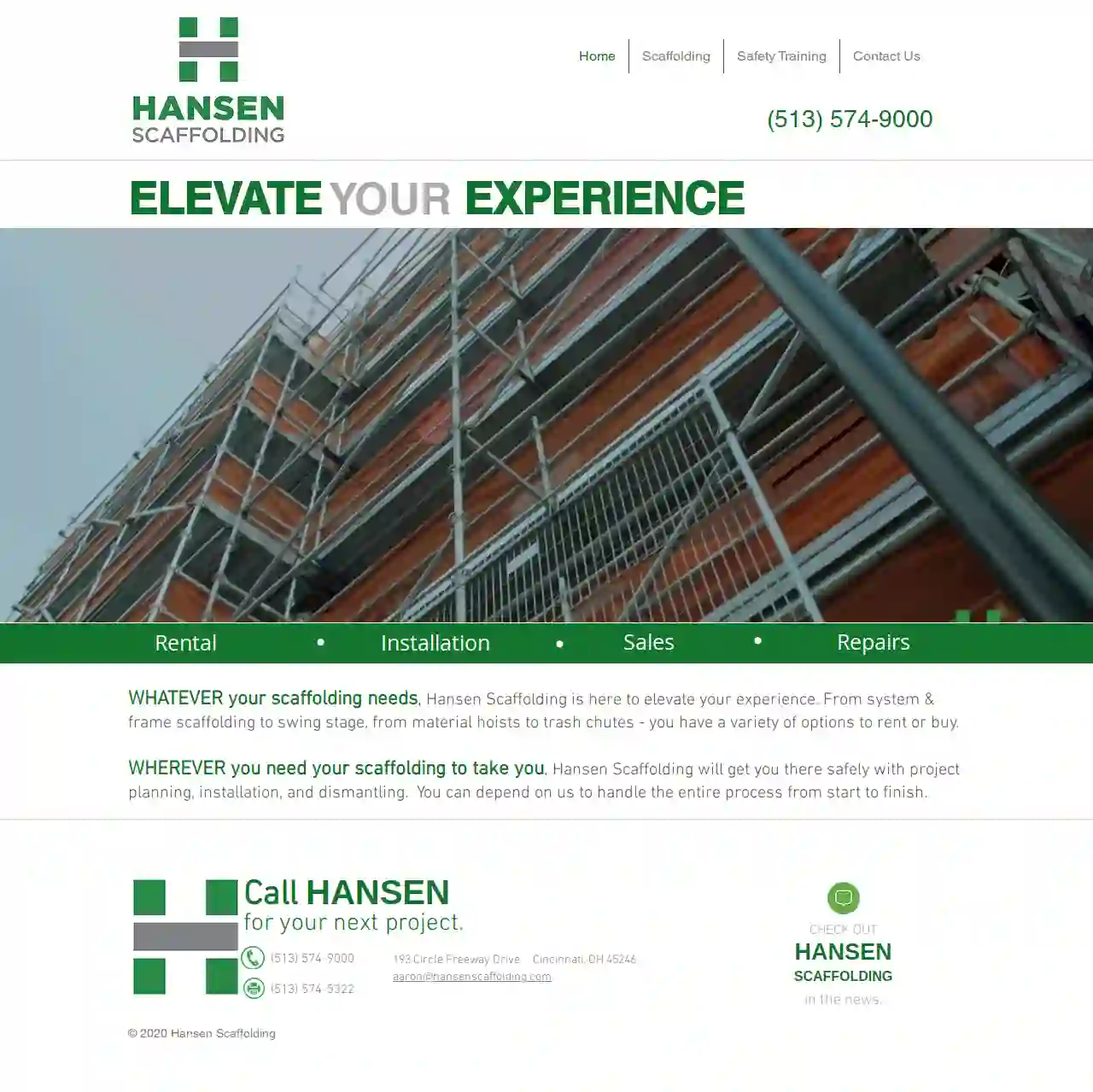
Hansen Scaffolding
4.76 reviews193 Circle Freeway Drive, Cincinnati, 45246, USAt Hansen Scaffolding, we're dedicated to providing top-notch scaffolding solutions for your next project. With a wide range of options to rent or buy, including system & frame scaffolding, swing stage, material hoists, and trash chutes, we've got you covered. Our team of experts will handle the entire process from start to finish, ensuring your project is completed safely and efficiently. From project planning to installation and dismantling, we're committed to delivering exceptional service and support. Our goal is to elevate your experience and provide you with the best possible scaffolding solutions. Contact us today to learn more about how we can help with your next project.
- Services
- Why Us?
- Gallery
Get Quote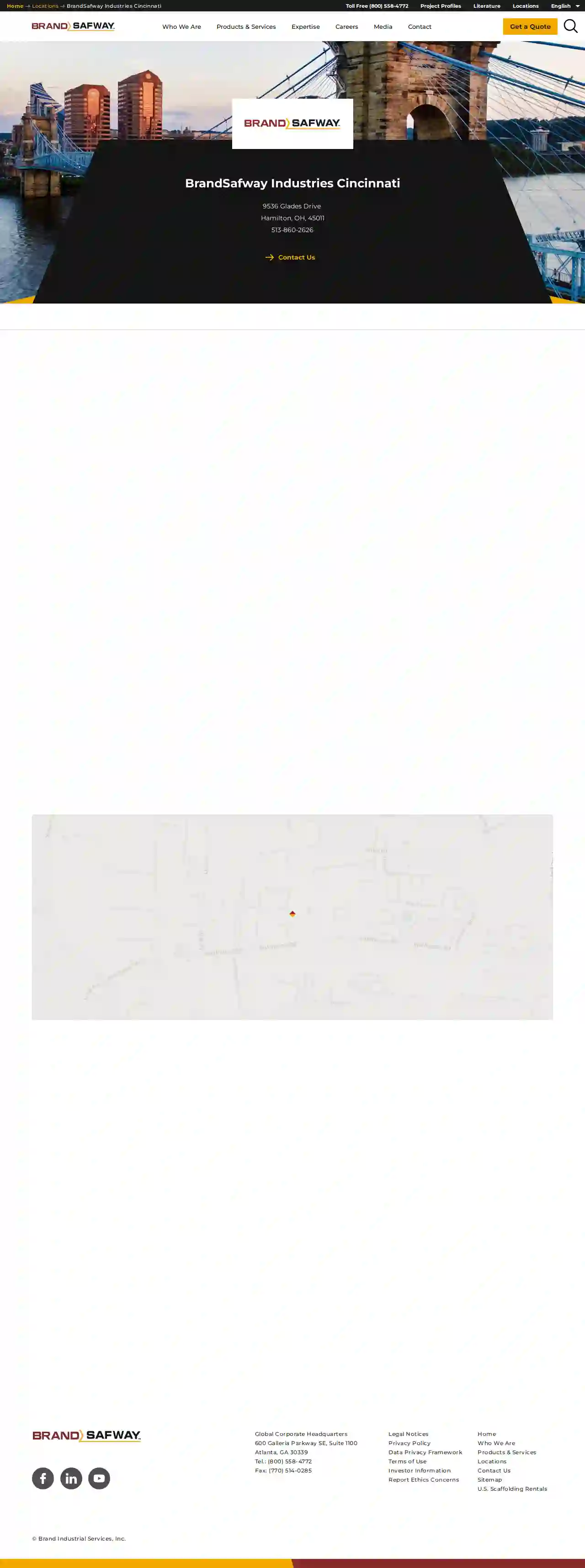
BrandSafway Industries Cincinnati
4.73 reviews123 Main St, Cincinnati, OH, 45202, USBrandSafway is a leading provider of access solutions, including scaffolding, aerial work platforms, and forming and shoring equipment. With a strong commitment to safety, quality, and customer satisfaction, BrandSafway offers a wide range of services tailored to meet the unique needs of clients across various industries. Their team of experienced professionals works closely with clients to understand their requirements and deliver customized solutions that enhance efficiency and productivity. BrandSafway is dedicated to providing innovative access solutions that ensure safe and efficient project execution.
- Services
- Why Us?
- Accreditations
- Our Team
- Testimonials
Get Quote
Lorain Chimney
4.835 reviewsElyria, USLorain Chimney in Elyria, OH, is a full-service masonry company with many years of experience in the industry. Some of our specialties include tuckpointing, chimney rebuilds, step rebuilds, porch repair, stone veneer installs and more. Our team always strives to provide excellent customer satisfaction. Our team is a local and family owned and operated. The owner is always present at every job. Our masonry professionals are always prompt, clean and friendly every step along the way. Call us today for a free estimate! We can be reached at 440-789-5884. We stand by our work. We have worked extremely hard to get to where we are today. Our goal is to make sure our clients are happy to the fullest of our extent. You get the quality and expertise of a large company from your local family run business. We handle all work ourselves. So not only will we come give you an estimate. We will be the ones showing up to complete the work as well.
- Services
- Why Us?
- Accreditations
- Our Team
- Testimonials
- Gallery
Get Quote
American Scaffolding Inc
54 reviews7161 Eagle Creek Rd, Cincinnati, 45247, USAmerican Scaffolding Inc. is a full-service scaffold company based in Cincinnati, OH, with a branch in Cleveland, OH. We specialize in providing quality, dependable scaffold equipment and work. Our company has been delivering excellent service for over 30 years, and we continue to prioritize quality customer service to meet all your access needs. Our mission is to provide the safest, most efficient, and reliable products in the ever-changing construction industry. We pride ourselves on our prompt service that caters to the fast-paced demands of the construction industry. Our adaptive ability and creative thinking allow us to conform to any project's needs. We offer rental, sales, erection, and dismantle of frame, system, and shoring scaffold, including Bee Access & Altrex suspended scaffold and more. We also offer a full line of fall protection equipment from various vendors.
- Services
- Why Us?
- Gallery
Get Quote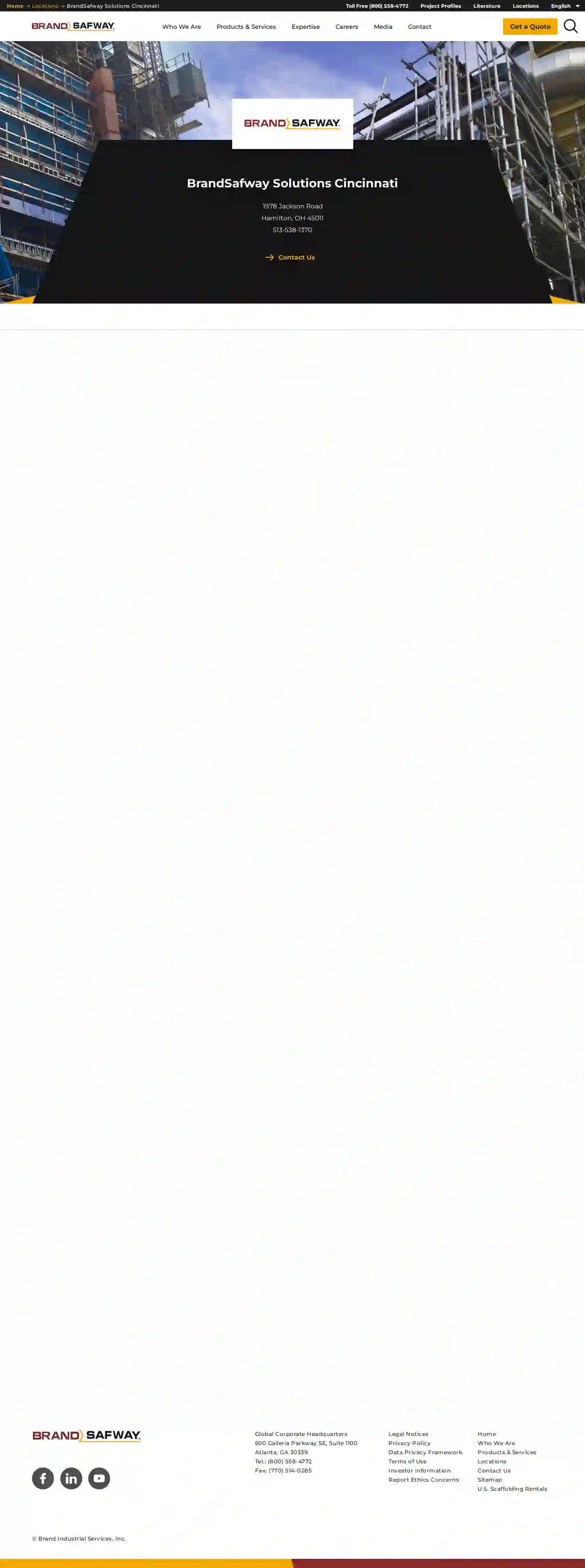
BrandSafway Solutions Cincinnati
4.33 reviews123 Access Lane, Cincinnati, 45202, USBrandSafway is a leading provider of access solutions, including scaffolding, aerial work platforms, and forming and shoring. With a strong presence in Cincinnati and Hamilton, the company offers a wide range of services to meet the needs of various industries. BrandSafway is committed to safety, innovation, and customer satisfaction, making it a trusted partner for businesses in the region.
- Services
- Why Us?
- Accreditations
- Our Team
- Testimonials
Get Quote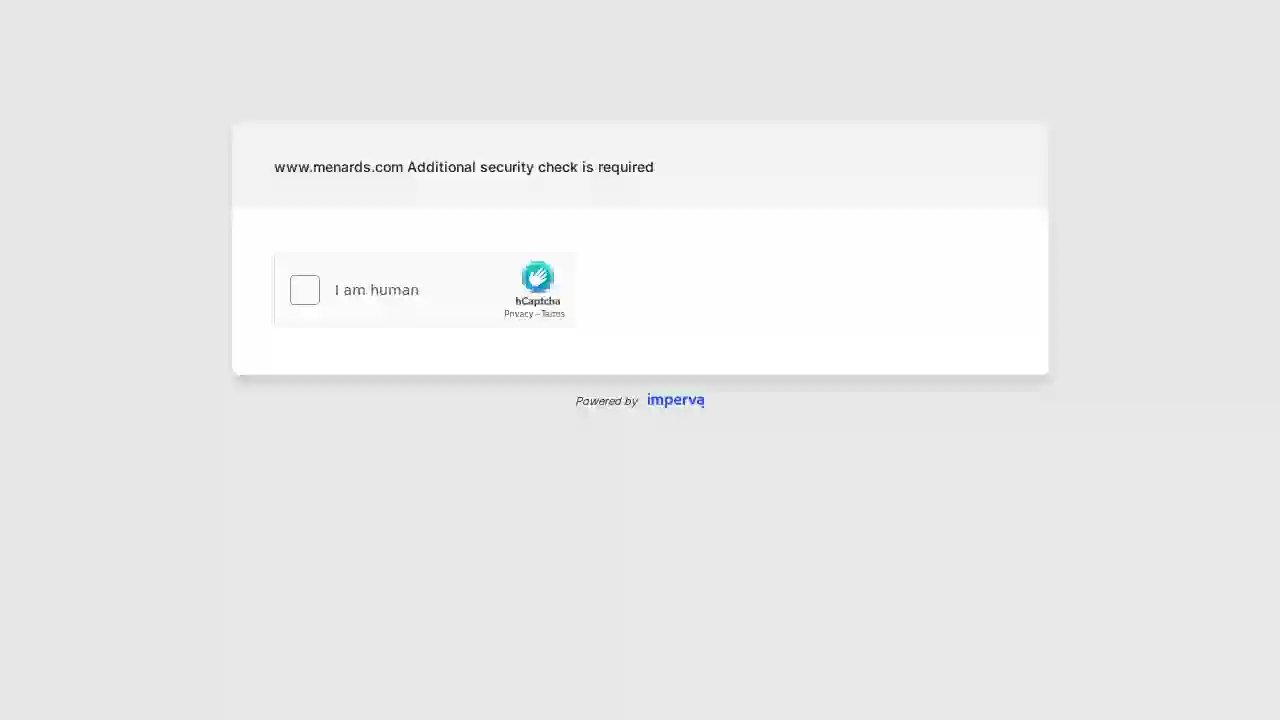
Menards
4810 reviews123 Main St, CityName, 00000, USMenards is a leading home improvement store offering a wide range of products and services. With a strong commitment to customer satisfaction, Menards aims to provide top-quality materials and expert advice to help customers achieve their home improvement goals. The company has a dedicated team of professionals who are passionate about helping customers find the right solutions for their needs. Menards also prioritizes community involvement and sustainability, making it a trusted choice for many homeowners.
- Services
- Why Us?
Get Quote
Over 2,353+ Scaffolding Businesses onboarded
Our scaffolding contractors operate in Loveland and surroundings!
ScaffoldingHQ has curated and vetted the Best Scaffolding Companies in and around Loveland. Find a top & trustworthy contractor today.
Frequently Asked Questions About Scaffolding Rental
- Scaffolding Boards: Wooden planks or metal grating that form the working platform.
- Base Plates: Provide a stable foundation for scaffolding legs, often adjustable to accommodate uneven ground.
- Ladder Access: Ladders or stairs allow safe access to and from the scaffolding platform.
- Castors (Wheels): Used for mobile scaffolding, allowing for easy movement.
- Braces and Ties: Strengthen and stabilize the scaffolding structure.
- Safety Nets: Catch falling objects and prevent debris from reaching the ground.
- Weather Protection: Screens or covers protect workers from wind, rain, or sun.
- Residential: Roofing repairs and replacements, siding installations, painting projects, window replacements, gutter cleaning and repairs, chimney repairs, solar panel installations.
- Commercial: Building construction and renovations, facade repairs and cleaning, window cleaning, painting, sign installation, and maintenance of high-rise structures.
- Industrial: Plant maintenance, access to elevated equipment, tank inspections and repairs, bridge repairs, and other industrial construction projects.
- Events: Temporary stages, grandstands, lighting and sound rigging, and platforms for concerts, festivals, and sporting events.
- Base Plates and Adjusters: Use adjustable base plates to level the scaffolding legs on uneven surfaces.
- Ground Preparation: Level the ground as much as possible before erection.
- Bracing and Support: Additional bracing and support may be necessary to compensate for uneven ground conditions.
- Professional Assessment: A qualified scaffolding erector should assess the ground and determine the appropriate measures for safe erection.
- Tube and Clamp: Capacity depends on the configuration and the strength of the components.
- System Scaffolding: Typically has higher load capacities due to its pre-engineered design.
- Mobile Towers: Have specific weight limits based on their size and model.
What are some common scaffolding accessories?
What are some common uses for scaffolding rentals?
Can I use scaffolding on uneven ground?
What are the weight limits for different types of scaffolding?
What are some common scaffolding accessories?
- Scaffolding Boards: Wooden planks or metal grating that form the working platform.
- Base Plates: Provide a stable foundation for scaffolding legs, often adjustable to accommodate uneven ground.
- Ladder Access: Ladders or stairs allow safe access to and from the scaffolding platform.
- Castors (Wheels): Used for mobile scaffolding, allowing for easy movement.
- Braces and Ties: Strengthen and stabilize the scaffolding structure.
- Safety Nets: Catch falling objects and prevent debris from reaching the ground.
- Weather Protection: Screens or covers protect workers from wind, rain, or sun.
What are some common uses for scaffolding rentals?
- Residential: Roofing repairs and replacements, siding installations, painting projects, window replacements, gutter cleaning and repairs, chimney repairs, solar panel installations.
- Commercial: Building construction and renovations, facade repairs and cleaning, window cleaning, painting, sign installation, and maintenance of high-rise structures.
- Industrial: Plant maintenance, access to elevated equipment, tank inspections and repairs, bridge repairs, and other industrial construction projects.
- Events: Temporary stages, grandstands, lighting and sound rigging, and platforms for concerts, festivals, and sporting events.
Can I use scaffolding on uneven ground?
- Base Plates and Adjusters: Use adjustable base plates to level the scaffolding legs on uneven surfaces.
- Ground Preparation: Level the ground as much as possible before erection.
- Bracing and Support: Additional bracing and support may be necessary to compensate for uneven ground conditions.
- Professional Assessment: A qualified scaffolding erector should assess the ground and determine the appropriate measures for safe erection.
What are the weight limits for different types of scaffolding?
- Tube and Clamp: Capacity depends on the configuration and the strength of the components.
- System Scaffolding: Typically has higher load capacities due to its pre-engineered design.
- Mobile Towers: Have specific weight limits based on their size and model.